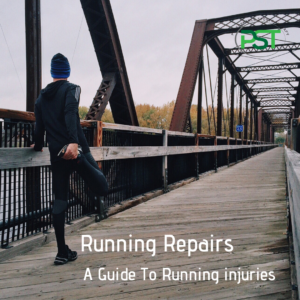“C’mon, Jim” he screamed at himself.
The fatigue and pain from the last 95Km on the road was etched all over his face.
With just 5Km to go, his dream was on a knife-edge.
Pedal to the metal he found the last dregs of energy…
The finish line was speeding towards him but the record was slipping away.
And he finished heartbreakingly short of a new WR.
The Jim in question here was Jim Walmsley.
Jim entered the Hoka Project Carbon X2 100Km race on 23rd January with the goal of setting a new world record. Only to fail by a measly 12 seconds!
The old record was 6:09:14.
And Jim finished in 6:09:25
12 gut wrenching seconds short.
And you might think, a heartbreaking disaster.
But Jim had plenty to be happy about.
For starters, he set a new PB. Breaking his old one by an enormous 45 minutes.
He smashed the US record by over 18 minutes (6:09:25 vs 6:27:44).
But more importantly…
He learned his training plan was spot on.
And you don’t smash PB’s or national records if it isn’t.
Even if you do (narrowly) miss out on a world record.
Sometimes it just isn’t your day.
Things won’t always go as you hope…
Even if your training is on-point.
Jim’s a perfect example of that.
There’s only so much you can plan for. Especially in a 100Km race.
In Jim’s case, perhaps a couple of re-fuel stops were a few seconds too long.
A strong headwind towards the end of the race.
Or that he was unexpectedly the last man standing with 30Km to go.
All would have an impact.
But Jim knows that he has a training framework that works. One he can use again.
And having a training plan that sets you up for success is invaluable.
Which is something I’ve found myself and my clients over the years.
Once you have a tried and tested programme you can personalise it to the situation.
There’s no need to go re-inventing the wheel every time.
It doesn’t matter what you do, the same principle applies.
Powerlifting or Ultramarathons stop winging it and build around proven success.


